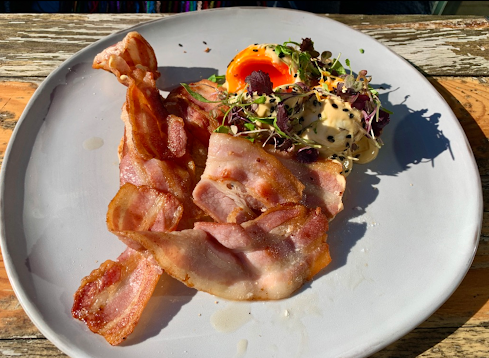This curious building is a raised granary, or 'hórreo', in the northern Spanish town of Avilés, which we recently visited. Among the most characteristic buildings in the region the 'hórreo asturiano' was usually square and built of wood, its most striking feature being that each wooden piece perfectly fits with the next without the need for screws, bolts or clamps.
The 'hórreo' is
supported by four characteristic 'pegollos' or pillars made from wood or
limestone, and was a safe storehouse providing the Asturian farmer, with an
answer to a disagreeable climate by providing a relatively simple solution for
protecting the harvest from the region’s characteristically damp weather. This
elevated building would hold food for the year, corn for livestock and grain
for next year’s crop, keeping it safe from fungi, rodents and bugs. Between
each pillar and the wooden base of the granary is a flat circular or square
stone called a 'muela' that prevents vermin from getting inside. Today it is common
for the supporting pillars to sit on concrete bases.
The Principality of Asturias is thought to have around 20,000 'hórreos' usually
sitting next to rural houses across the region. Although the 'hórreo' in
Avilés now sits in an
urban setting, close to houses, restaurants, bars and other buildings, it would
have once been on the outskirts of the town among fields and orchards. The
survival of Avilés' 'hórreo' is due to region’s respect for its heritage and a nostalgia for the
concept of rural Arcadias.
[For the above information I am indebted to my friend, Jose Maria Miranda Boto and this post on 'Barceló Experiences': https://www.barcelo.com/guia-turismo/en/spain/asturias/things-to-do/granaries-asturias/ ]
[Photo: David Weeks]




















